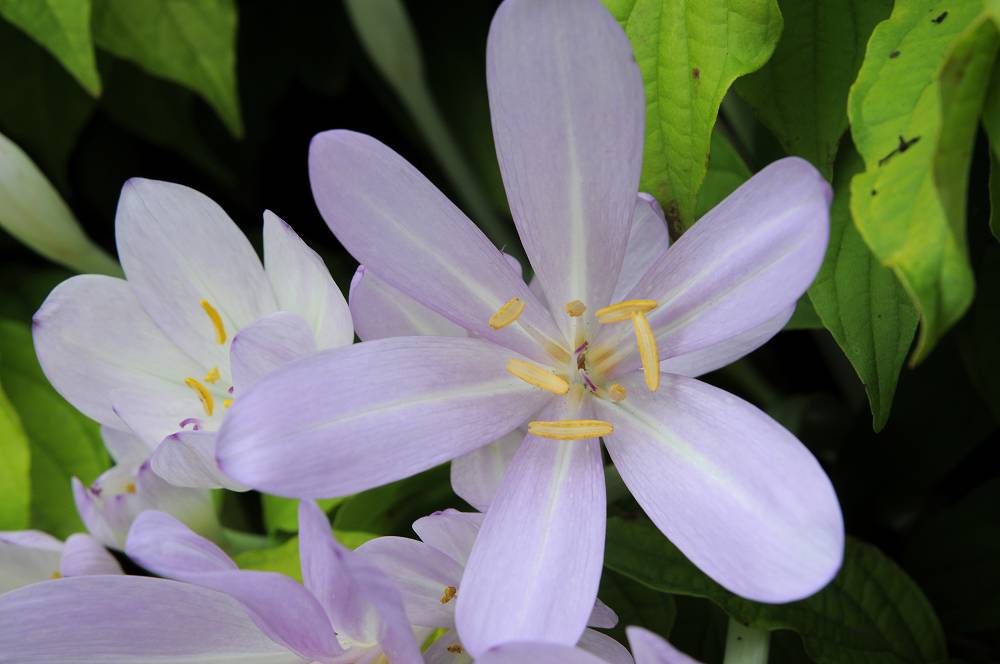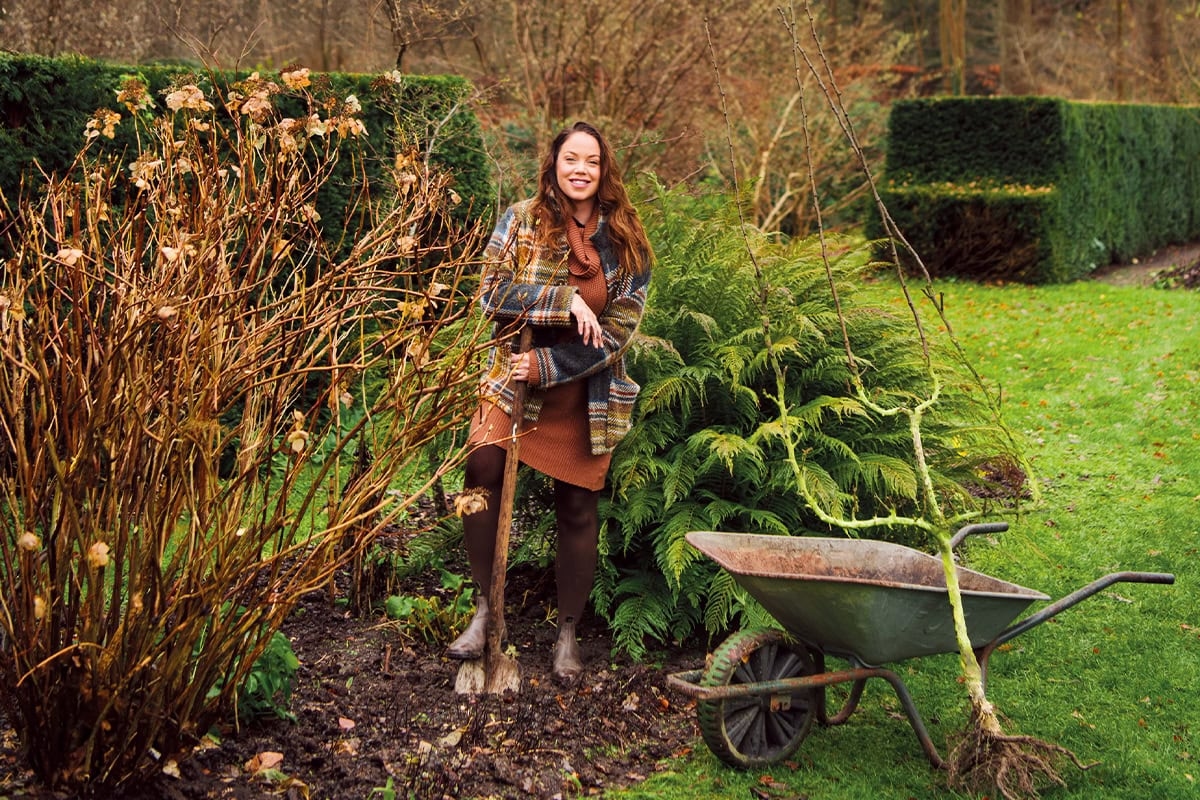Your dog is at risk if these plants are in your garden

Your garden might seem like the safest place for your dog—fresh air, grass under their paws, and exciting smells everywhere. But some common plants are highly toxic to dogs and can make your pet seriously ill, sometimes even fatal. Discover which garden plants pose the greatest risk and how to keep your four-legged friend safe.
Read more below the advertisement

Many plants produce natural toxins to protect themselves from insects and animals. This also applies to many beloved garden plants. Fortunately, most dogs instinctively avoid poisonous plants. Moreover, a dog often has to eat a large amount of them before it becomes truly dangerous – a single bite usually causes at most some stomach upset.
However, there are exceptions: some extremely poisonous plants can cause serious damage with just a few leaves or bulbs. Dozens of dogs end up at the vet every year after eating poisonous plants from the garden. It's therefore important to know which species pose the greatest risk so you can avoid them.
Many garden plants are poisonous to dogs, but these are some popular, particularly dangerous varieties. Do you suspect your dog has eaten part of a poisonous plant? Call your vet immediately for advice!

The oleander is beloved for its pink or white flowers, but this plant is extremely poisonous to both dogs and humans. All parts contain substances that disrupt the heartbeat. Even a single leaf can be fatal for a small dog. Symptoms include vomiting, lethargy, an irregular heartbeat, and in severe cases, cardiac arrest.

Daffodils herald spring, but their bulbs and leaves contain alkaloids that cause vomiting, diarrhea, and tremors in dogs. The bulbs themselves are the most dangerous, and dogs that like to dig are most likely to eat them. Always discard any water that has been used to hold daffodils immediately, as this is also poisonous.

This evergreen hedge plant is notorious for its taxine, one of nature's most poisonous substances. Both the needles and seeds of the yew are deadly, even in small doses. Dogs that chew on leafy twigs or eat fallen berries may experience dizziness, dry mouth, abdominal cramps, drooling, and vomiting. They can develop respiratory problems or cardiac arrest within hours. So be extremely careful with this very dangerous garden plant for dogs.

The twigs, leaves, and pits of cherries contain cyanide, which is converted into hydrogen cyanide in the body. This blocks the oxygen supply and can be fatal. Symptoms include bright red mucous membranes, dilated pupils, and difficulty breathing. Dogs that enjoy chewing on twigs are particularly at risk. Therefore, remove any fallen branches or leaves from the garden immediately.

Grapes, raisins, and even the vines themselves can be fatal for dogs. Even small amounts can lead to kidney failure. Symptoms include vomiting, lethargy, and loss of appetite. Therefore, never let your dog enjoy fallen grapes or raisins, no matter how harmless they may seem. A dog that has nibbled on these is an emergency, and you should contact your veterinarian immediately.

Rhododendrons and azaleas are poisonous plants for dogs. All parts of the plants can affect the nervous system and heart. Dogs may salivate profusely, become lethargic, and have difficulty breathing. Note: the water in which the flowers have been kept can also be toxic.
Tip!

Apricot pits contain cyanide, as do peach and cherry seeds. A single pit can cause serious poisoning in small dogs. Symptoms include breathing problems, tremors, and sudden lethargy. Therefore, do not allow dogs to play with fallen fruit or pits from compost.

All crocuses are poisonous to dogs, but the autumn variety, autumn crocus , requires extra caution. The flower resembles a crocus, but it belongs to a different family and contains colchicine. This is a potent poison that causes severe gastrointestinal problems. Symptoms sometimes develop only after several hours, meaning treatment may be delayed.

The castor oil plant isn't winter-hardy in our climate, but many people grow this fast-growing annual in their gardens for its beautiful foliage. However, it's one of the most poisonous plants you can have in your garden, for both humans and animals. Just a single seed can be fatal! Do you have pets or small children? Then keep this plant away from your garden.

Hydrangeas contain substances that can form cyanide in the body. Although fatal poisoning is rare, a dog can become seriously ill after eating the leaves or flowers: vomiting, lethargy, and respiratory problems are common.

Mushrooms might not be a classic garden plant, but they can be found in every garden. Most won't cause any problems, but if your dog eats a poisonous or unknown species, take them to the vet immediately. Take a photo of the mushroom or, even better, wrap it in paper (not a plastic bag) and bring it with you. This makes it easier for experts to assess the risk.

If you suspect your dog has eaten a poisonous plant, stay calm but act quickly. Don't wait; call the on-call veterinarian immediately. Don't induce vomiting without consulting your dog – some substances can be even more harmful upon retrieval. Finally, save a piece of the plant or take a photo so the vet can identify the species.
Prevention is, of course, better than cure. With a few simple measures, you can prevent a lot of suffering for your dog and a costly vet bill:
- Teach your dog that plants are not toys.
- Keep poisonous plants out of your dog's reach—or just don't grow them in your garden at all.
- Clear away any fallen leaves or flowers immediately.

A green garden and a healthy dog can go hand in hand, provided you choose your plants wisely. Choose safe plants, such as:
This list is, of course, far from complete. There are many more beautiful plants for your garden that are perfectly compatible with curious dogs. Always check before purchasing whether a plant is poisonous and be alert for symptoms of poisoning. This way, you can protect your dog and enjoy the outdoors with your loyal friend without worry.


%3Aformat(jpeg)%3Abackground_color(fff)%2Fhttps%253A%252F%252Fwww.metronieuws.nl%252Fwp-content%252Fuploads%252F2025%252F10%252FZuid-Tirol-Dolomieten-2.jpg&w=1280&q=100)
%3Aformat(jpeg)%3Abackground_color(fff)%2Fhttps%253A%252F%252Fwww.metronieuws.nl%252Fwp-content%252Fuploads%252F2025%252F11%252Fpexels-olly-842912.jpg&w=1280&q=100)
